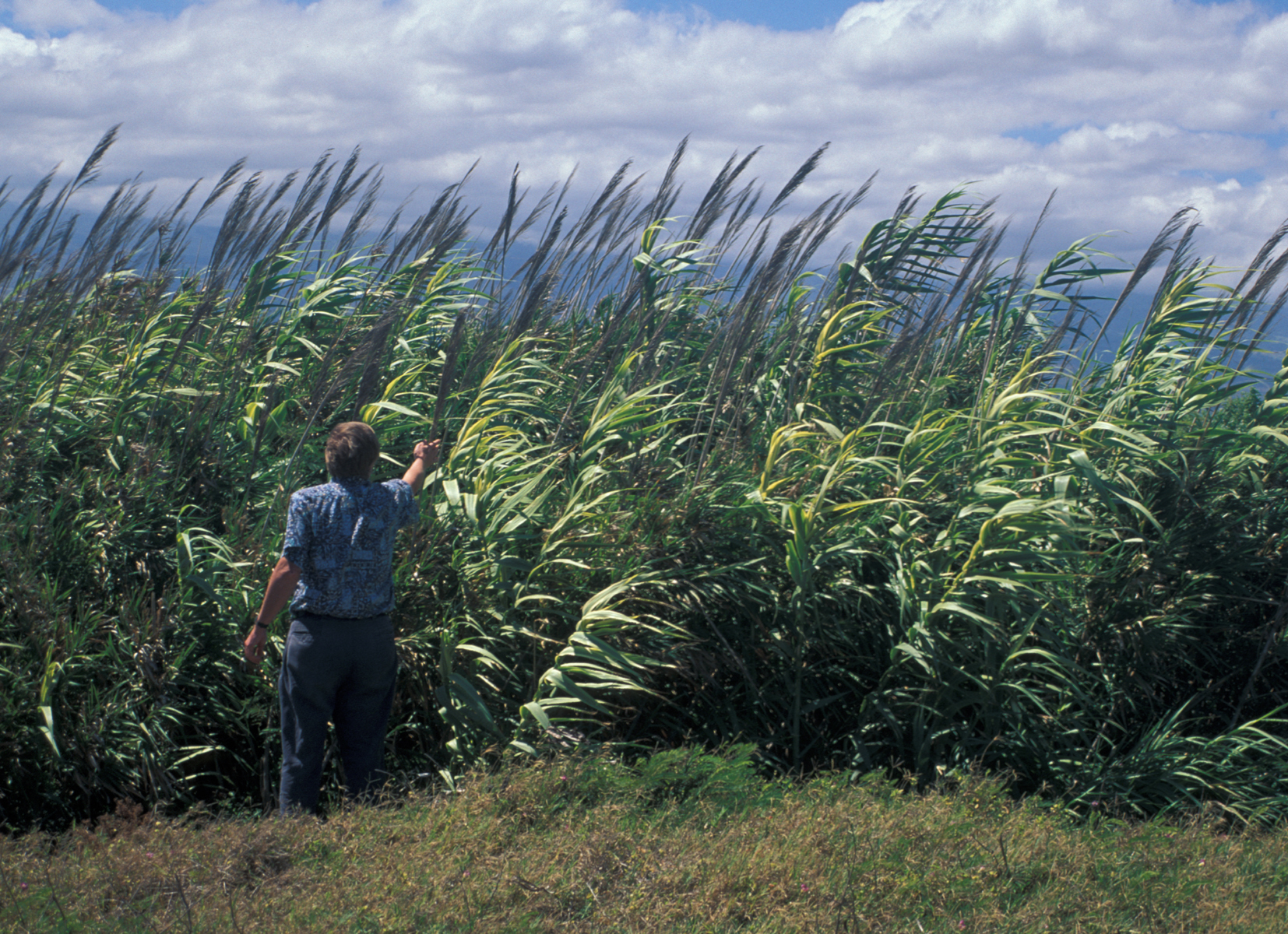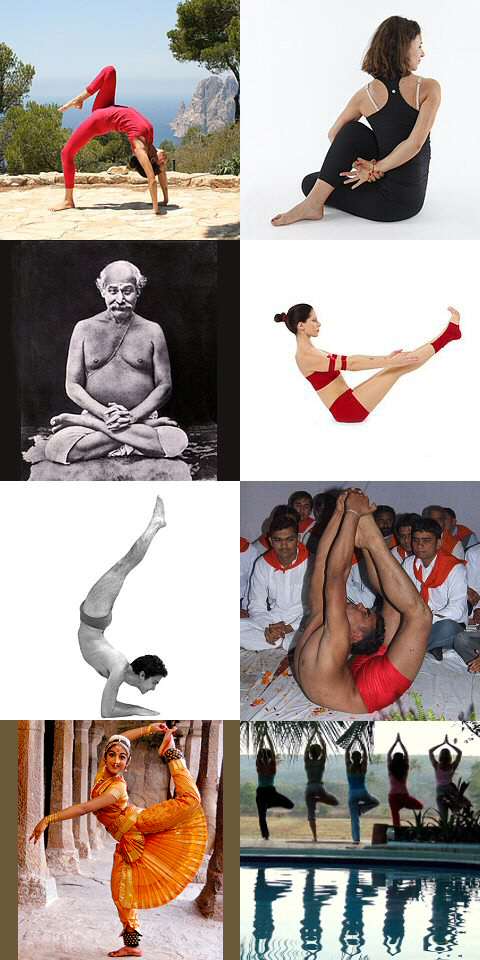|
Malkhamb
Mallakhamba or mallakhamb is a traditional sport, originating from the Indian subcontinent, in which a gymnast performs aerial yoga or gymnastic postures and wrestling grips in concert with a vertical stationary or hanging wooden pole, cane, or rope. The word "mallakhamb" also refers to the pole used in the sport. The pole is usually made from sheesham (Indian rosewood) polished with castor oil. Three popular versions of Mallakhamb are practiced using a sheesham pole, cane, or rope. The name Mallakhamb derives from the terms ''malla'', meaning wrestler, and ''khamb'', which means a pole. Literally meaning "wrestling pole", the term refers to a traditional training implement used by wrestlers. On April 9, 2013, the Indian state of Madhya Pradesh declared Mallakhamba the state sport. , more than 20 other states in India have followed suit. History Chandraketugarh pottery (Dated 2nd century BCE - 1st century CE) with narrative figures carved on them show a couple exhibiting gym ... [...More Info...] [...Related Items...] OR: [Wikipedia] [Google] [Baidu] |
Peshwa
The Peshwa (Pronunciation: e(ː)ʃʋaː was the appointed (later becoming hereditary) prime minister of the Maratha Empire of the Indian subcontinent. Originally, the Peshwas served as subordinates to the Chhatrapati (the Maratha king); later, under the Bhat family, they became the ''de facto'' leaders of the Maratha Confederacy, with the Chhatrapati becoming a nominal ruler. During the last years of the Maratha Empire, the Peshwas themselves were reduced to titular leaders, and remained under the authority of the Maratha nobles and the British East India Company. All Peshwas during the rule of Shivaji, Sambhaji and Rajaram belonged to Deshastha Brahmin community. The first Peshwa was Moropant Pingle, who was appointed as the head of the Ashta Pradhan (council of eight ministers) by Chhatrapati Shivaji Maharaj, the founder of the Maratha Empire. The initial Peshwas were all ministers who served as the chief executives to the king. The later Peshwas held the highest admin ... [...More Info...] [...Related Items...] OR: [Wikipedia] [Google] [Baidu] |
Cane (grass)
Cane is any of various tall, perennial grasses with flexible, woody stalks from the genera ''Arundinaria'', Scientifically speaking, they are either of two genera from the family Poaceae. The genus ''Arundo'' is native from the Mediterranean Basin to the Far East. The genus Arundinaria is a bamboo (''Bambuseae'') found in the New World. Neither genus includes sugarcane (genus ''Saccharum'', tribe Andropogoneae). Cane commonly grows in large riparian stands known as canebrakes, found in toponyms throughout the Southern and Western United States; they are much like the tules (''Schoenoplectus acutus'') of California. Depending on strength, cane can be fashioned for various purposes, including walking sticks, crutches, assistive canes, and judicial or school canes. Where canes are used in corporal punishment, they must meet particular specifications, such as a high degree of flexibility. Cane historically has been used for many other purposes, such as baskets, furniture, boats ... [...More Info...] [...Related Items...] OR: [Wikipedia] [Google] [Baidu] |
Asana
An asana is a body posture, originally and still a general term for a sitting meditation pose,Verse 46, chapter II, "Patanjali Yoga sutras" by Swami Prabhavananda, published by the Sri Ramakrishna Math p. 111 and later extended in hatha yoga and modern yoga as exercise, to any type of position, adding reclining, standing, inverted, twisting, and balancing poses. The '' Yoga Sutras of Patanjali'' define "asana" as " position thatis steady and comfortable". Patanjali mentions the ability to sit for extended periods as one of the eight limbs of his system.Patanjali '' Yoga sutras'', Book II:29, 46 Asanas are also called yoga poses or yoga postures in English. The 10th or 11th century ''Goraksha Sataka'' and the 15th century ''Hatha Yoga Pradipika'' identify 84 asanas; the 17th century ''Hatha Ratnavali'' provides a different list of 84 asanas, describing some of them. In the 20th century, Indian nationalism favoured physical culture in response to colonialism. In that envir ... [...More Info...] [...Related Items...] OR: [Wikipedia] [Google] [Baidu] |
Calisthenics
Calisthenics (American English) or callisthenics (British English) ( /ˌkælɪsˈθɛnɪks/) is a form of strength training consisting of a variety of movements that exercise large muscle groups (gross motor movements), such as standing, grasping, pushing, etc. These exercises are often performed rhythmically and with minimal equipment, as bodyweight exercises. They are intended to increase strength, fitness, and flexibility, through movements such as pulling, pushing, bending, jumping, or swinging, using one's body weight for resistance. Calisthenics can provide the benefits of muscular and aerobic conditioning, in addition to improving psychomotor skills such as balance, agility, and coordination. Urban calisthenics is a form of street workout; calisthenics groups perform exercise routines in urban areas. Individuals and groups train to perform advanced calisthenics skills such as muscle-ups, levers, and various freestyle moves such as spins and flips. Sports teams and mili ... [...More Info...] [...Related Items...] OR: [Wikipedia] [Google] [Baidu] |
Teak
Teak (''Tectona grandis'') is a tropical hardwood tree species in the family Lamiaceae. It is a large, deciduous tree that occurs in mixed hardwood forests. ''Tectona grandis'' has small, fragrant white flowers arranged in dense clusters (panicles) at the end of the branches. These flowers contain both types of reproductive organs (perfect flowers). The large, papery leaves of teak trees are often hairy on the lower surface. Teak wood has a leather-like smell when it is freshly milled and is particularly valued for its durability and water resistance. The wood is used for boat building, exterior construction, veneer, furniture, carving, turnings, and other small wood projects. ''Tectona grandis'' is native to south and southeast Asia, mainly Bangladesh, India, Indonesia, Malaysia, Myanmar, Thailand and Sri Lanka, but is naturalised and cultivated in many countries in Africa and the Caribbean. Myanmar's teak forests account for nearly half of the world's naturally occurring t ... [...More Info...] [...Related Items...] OR: [Wikipedia] [Google] [Baidu] |
Ujjain
Ujjain (, Hindustani pronunciation: �d͡ːʒɛːn is a city in Ujjain district of the Indian state of Madhya Pradesh. It is the fifth-largest city in Madhya Pradesh by population and is the administrative centre of Ujjain district and Ujjain division. It is one of the Hindu pilgrimage centres of Sapta Puri famous for the ''Kumbh Mela'' held there every 12 years. The famous temple of Mahakaleshwar Jyotirlinga is located in the center of the city. An ancient city situated on the eastern bank of the Shipra River, Ujjain was the most prominent city on the Malwa plateau of central India for much of its history. It emerged as the political centre of central India around 600 BCE. It was the capital of the ancient Avanti kingdom, one of the sixteen Mahajanapadas. During the 18th century, the city briefly became the capital of Scindia state of the Maratha Empire, when Ranoji Scindia established his capital at Ujjain in 1731. It remained an important political, commercial and cultural ... [...More Info...] [...Related Items...] OR: [Wikipedia] [Google] [Baidu] |
Gwalior
Gwalior() is a major city in the central Indian state of Madhya Pradesh; it lies in northern part of Madhya Pradesh and is one of the Counter-magnet cities. Located south of Delhi, the capital city of India, from Agra and from Bhopal, the state capital, Gwalior occupies a strategic location in the Gird region of India. The historic city and its fortress have been ruled by several historic Indian kingdoms. From the Kachchhapaghatas in the 10th century, Tomars in the 13th century, it was passed on to the Mughal Empire, then to the Maratha in 1754, and the Scindia dynasty of Maratha Empire in the 18th century. In April 2021, It was found that Gwalior had the best air quality index (AQI 152) amongst the 4 major cities in Madhya Pradesh. Besides being the administrative headquarters of Gwalior district and Gwalior division, Gwalior has many administrative offices of the Chambal division of northern Madhya Pradesh. Several administrative and judicial organisations, commi ... [...More Info...] [...Related Items...] OR: [Wikipedia] [Google] [Baidu] |
India
India, officially the Republic of India ( Hindi: ), is a country in South Asia. It is the seventh-largest country by area, the second-most populous country, and the most populous democracy in the world. Bounded by the Indian Ocean on the south, the Arabian Sea on the southwest, and the Bay of Bengal on the southeast, it shares land borders with Pakistan to the west; China, Nepal, and Bhutan to the north; and Bangladesh and Myanmar to the east. In the Indian Ocean, India is in the vicinity of Sri Lanka and the Maldives; its Andaman and Nicobar Islands share a maritime border with Thailand, Myanmar, and Indonesia. Modern humans arrived on the Indian subcontinent from Africa no later than 55,000 years ago., "Y-Chromosome and Mt-DNA data support the colonization of South Asia by modern humans originating in Africa. ... Coalescence dates for most non-European populations average to between 73–55 ka.", "Modern human beings—''Homo sapiens''—originated in Africa. Th ... [...More Info...] [...Related Items...] OR: [Wikipedia] [Google] [Baidu] |
Delhi
Delhi, officially the National Capital Territory (NCT) of Delhi, is a city and a union territory of India containing New Delhi, the capital of India. Straddling the Yamuna river, primarily its western or right bank, Delhi shares borders with the state of Uttar Pradesh in the east and with the state of Haryana in the remaining directions. The NCT covers an area of . According to the 2011 census, Delhi's city proper population was over 11 million, while the NCT's population was about 16.8 million. Delhi's urban agglomeration, which includes the satellite cities of Ghaziabad, Faridabad, Gurgaon and Noida in an area known as the National Capital Region (India), National Capital Region (NCR), has an estimated population of over 28 million, making it the List of metropolitan areas in India, largest metropolitan area in India and the List of urban areas by population, second-largest in the world (after Tokyo). The topography of the medieval fort Purana Qila on the b ... [...More Info...] [...Related Items...] OR: [Wikipedia] [Google] [Baidu] |
Performing Mallakhamb
A performance is an act of staging or presenting a play, concert, or other form of entertainment. It is also defined as the action or process of carrying out or accomplishing an action, task, or function. Management science In the work place, job performance is the hypothesized conception or requirements of a role. There are two types of job performances: contextual and task. Task performance is dependent on cognitive ability, while contextual performance is dependent on personality. Task performance relates to behavioral roles that are recognized in job descriptions and remuneration systems. They are directly related to organizational performance, whereas contextual performances are value-based and add additional behavioral roles that are not recognized in job descriptions and covered by compensation; these are extra roles that are indirectly related to organizational performance. Citizenship performance, like contextual performance, relates to a set of individual activity/co ... [...More Info...] [...Related Items...] OR: [Wikipedia] [Google] [Baidu] |
Tantia Tope
Tantia Tope (also spelled Tatya Tope, : ̪aːt̪ʲa ʈoːpe 6 January 1814 – 18 April 1859) was a general in the Indian Rebellion of 1857 and one of its notable leaders. Despite lacking formal military training, Tantia Tope is widely considered as one of the best and most effective courageous generals in the Indian struggle for independence. Born as Ramachandra Panduranga Yawalkar to a Marathi Deshastha Brahmin family, in Yeola, (near Nasik). Tantia took on the title ''Tope'', meaning commanding officer. His first name Tantia means General. A personal adherent of Nana Saheb of Bithur, he progressed with the Gwalior contingent after the British reoccupied Kanpur (then known as Cawnpore) and forced General Windham to retreat from the city. Later on, Tantia Tope came to the relief of Rani Lakshmibai of Jhansi and with her seized the city of Gwalior. However, he was defeated by General Napier's British Indian troops at Ranod and after a further defeat at Sikar, he abandoned t ... [...More Info...] [...Related Items...] OR: [Wikipedia] [Google] [Baidu] |








